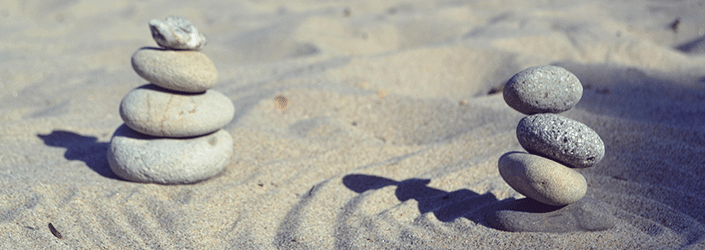By Anne Platt
Certified Yoga Therapist. Member of the International Association of Yoga Therapists, Yoga Alliance registered Yoga teacher.
Many people think of yoga as the territory of young women in fashionable athletic wear or of those who can hold themselves for hours in uncomfortable, pretzel-like positions. However, yoga is actually one of the easiest and most accessible activities for those seeking to alleviate physical, mental or emotional stress.
Stress originates in the body’s sympathetic nervous system with the “fight or flight” impulse caused by anxiety, anger and fear.
That in turn causes the release of cortisol, the “stress hormone” which causes the body to respond in physical ways. Over time, persistent stress can keep cortisol levels from returning to normal, resulting in a variety of imbalances from impaired cognitive function to thyroid and metabolic disorders.
Yoga can counteract the effects of stress by helping us access the body’s parasympathetic nervous system — that area which governs breathing and feelings of physical relaxation and calm.
The practice of yoga is based on finding stillness through slowing the breath; a common saying among those who practice is that “as goes the breath, so goes the mind.” We learn to feel safe in our bodies and discharge stress — all while building strength and flexibility.
Plus, incorporating yoga into a busy life is easier than you may think. A recent Harvard and Massachusetts General study found that a mere twenty minutes of daily relaxation (which includes yoga poses) can help turn off the effects of stress genes. While beginners can certainly benefit from classes, there is also a wide variety of online instruction videos and DVDs that can demonstrate basic poses.
A basic, effective yoga routine for alleviating stress is as follows:
Seated twist: Sit cross-legged on the floor, placing your right hand on your left knee and your left hand on the floor. Inhale in a slow count of hour, then exhale in a slow count of four. Repeat in counts of eight. Then do the process while twisting to the left.
Cat and Cow: Get onto your hands and knees. Inhale as round your cat back, looking down. Exhale as you arch your cow back, looking up. Repeat several times.
Downward Dog: Place your hands on the floor and your legs shoulder width apart with your feet on the floor. Gently press your heels toward the ground. Inhale and exhale several times.
Legs Up the Wall: Lie on the floor with your sit bones against a wall and gently extend your legs up the wall. You can use a cushion or bolster if necessary and keep your knees soft if your hips are tight. Inhale and exhale, concentrating on your breath and perhaps even meditating on gratitude, forgiveness or peace. This pose can be held for up to twenty minutes.
You don’t have to be flexible or even have much time in order to benefit from yoga, a practice which in reality unties the knots in our bodies, minds and souls.

